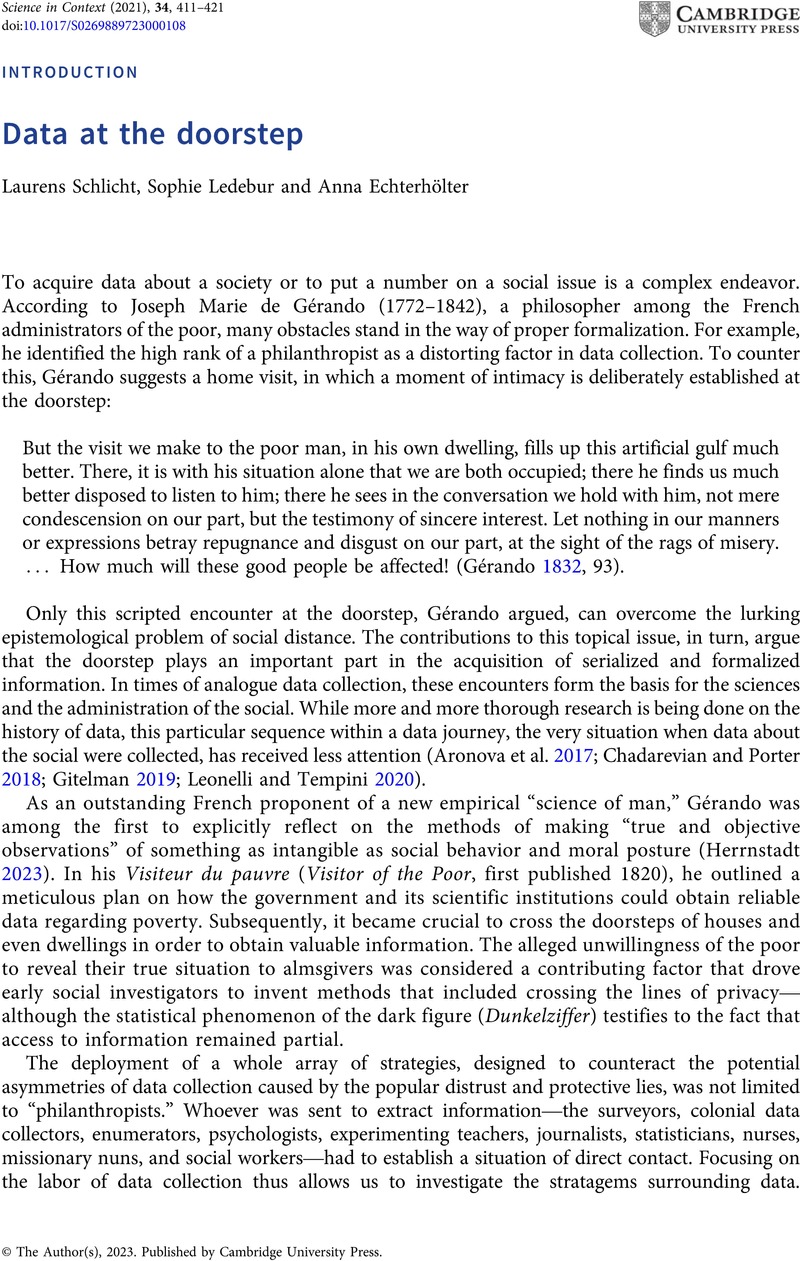Crossref Citations
This article has been cited by the following publications. This list is generated based on data provided by Crossref.
Sudmann, Andreas
Echterhölter, Anna
Ramsauer, Markus
Retkowski, Fabian
and
Schröter, Jens
2023.
Beyond Quantity.
Vol. 6,
Issue. ,
p.
33.
Rhyner, Niki
2025.
The enriched knowledge economy: Ecomusées, regional development and French anthropology, 1960–1980.
Science in Context,
p.
1.
Halsmayer, Verena
and
Hounshell, Eric
2025.
Introduction: Historicizing interventionist social knowledge, 1950s–1990s.
Science in Context,
p.
1.



